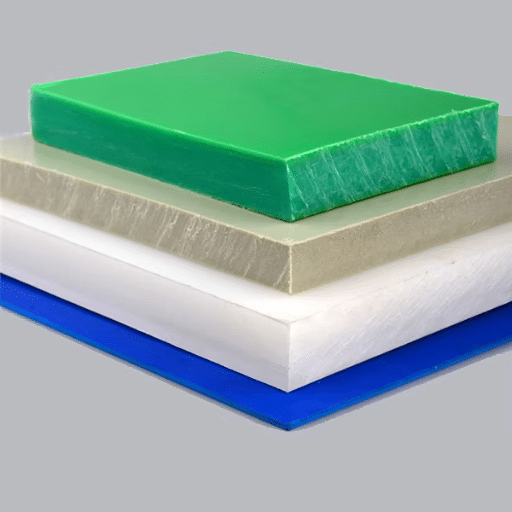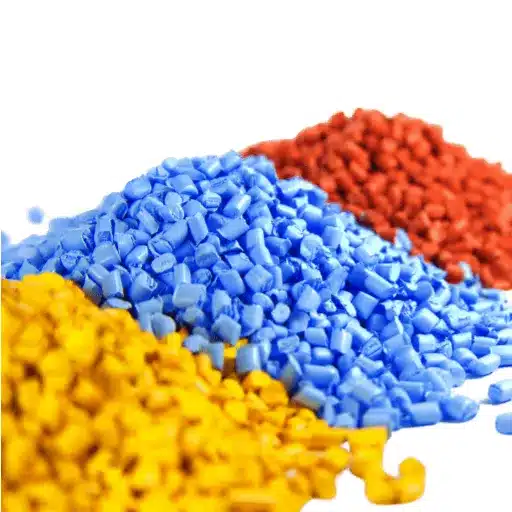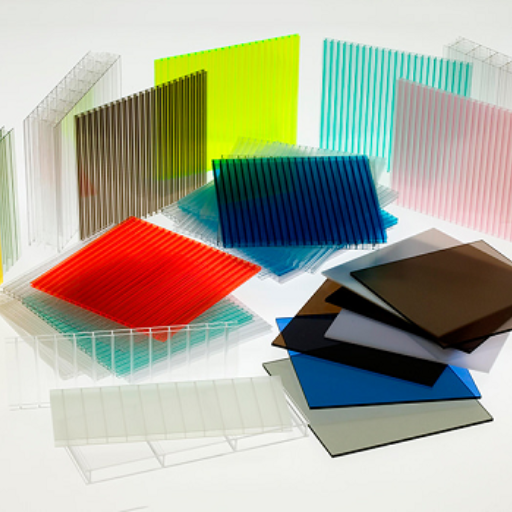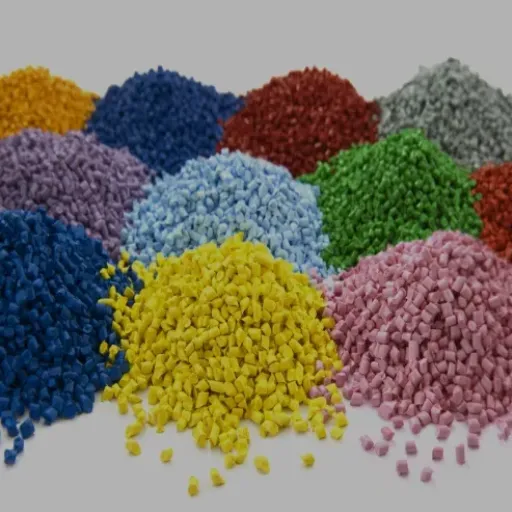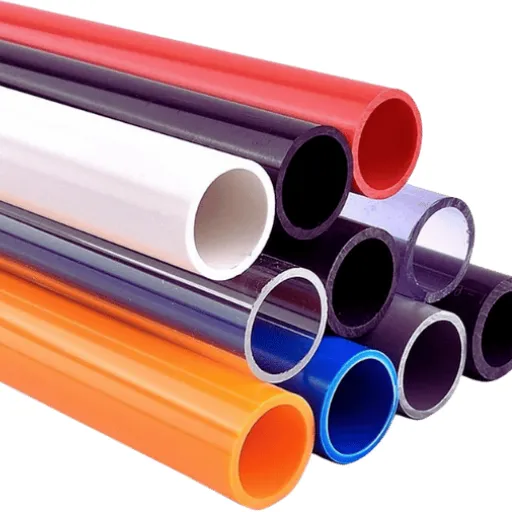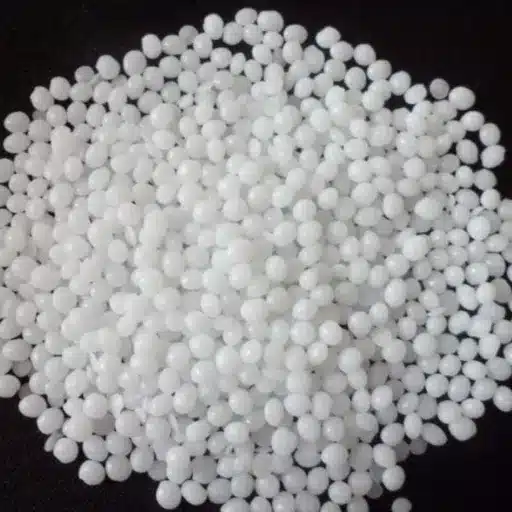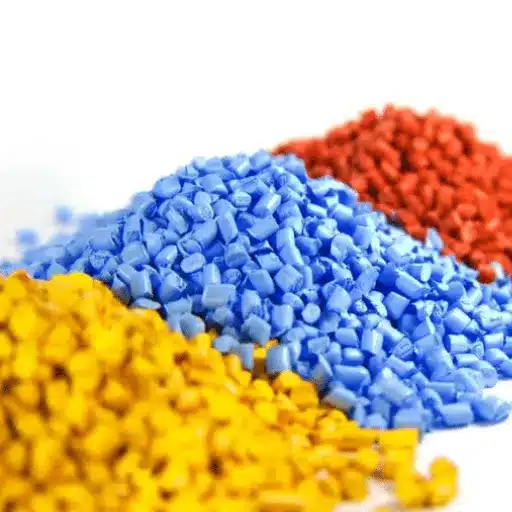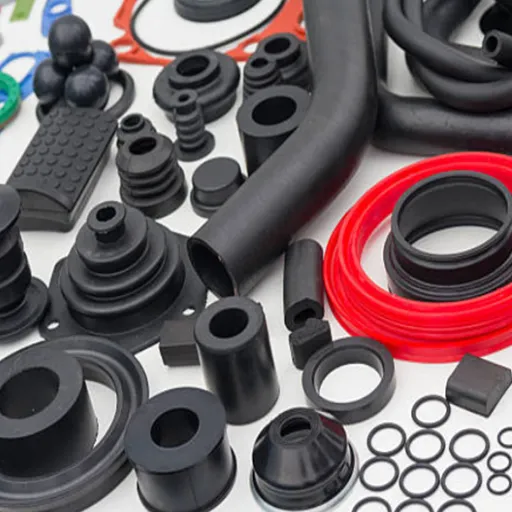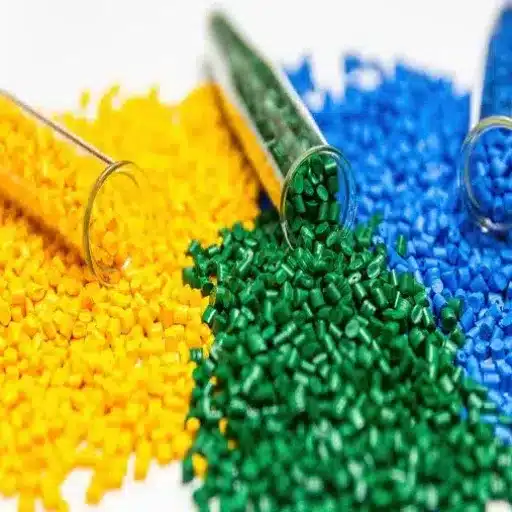ABS stands for Acrylonitrile Butadiene Styrene. It is one of the most versatile and widely used thermoplastics in current manufacturing and engineering industries. Consumer goods that demand durability while bearing industrial components lean on ABS plastics because they strike the ideal balance between strength, impact resistance, and processing ability.
This comprehensive guide explores the technical properties and most common applications of ABS, discussing its advantages and offering detailed insights for manufacturers, designers, and anyone interested in materials science.
Introduction to ABS Plastic
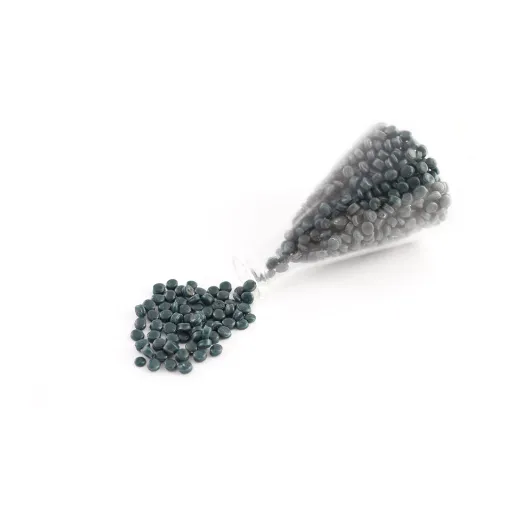
What is ABS Material?
Acrylonitrile Butadiene Styrene (ABS) is a popular thermoplastic polymer prized for its toughness, durability, and impact resistance. This material is a terpolymer, where styrene and acrylonitrile monomer molecules polymerize in the presence of polybutadiene.
The particular combination of these components imparts ABS with well-balanced mechanical properties that have led to numerous applications across industries. ABS is appreciated for its excellent strength-to-weight ratio, which grants it both rigidity and flexibility under stress.
Key characteristics of ABS include:
- Excellent thermal stability for both low and high-temperature applications
- Resistance to chemicals such as acids and alkalis, including many oils
- Easy molding and finishing capabilities
- Versatility in manufacturing processes (injection molding, machining, 3D printing)
- Cost-effective production and processing
Composition of Acrylonitrile Butadiene Styrene
🔬 Acrylonitrile
Provides chemical and heat resistance, making the polymer resistant to various harsh chemicals and elevated temperature treatments.
💪 Butadiene
Contributes toughness and impact strength, ensuring the material can withstand mechanical stress and sudden impacts.
✨ Styrene
Renders the polymer rigid and easy to process, providing a smooth and highly polished finish suitable for aesthetic applications.
The combination of these monomers in ABS is usually conducted through either emulsion or continuous mass polymerization processes. This controlled chemical reaction helps achieve precise variations in each component’s fraction, allowing manufacturers to customize ABS for specific applications.
History and Development of ABS Plastic
ABS plastic has an interesting history that began around the 1940s when synthetic polymer research was gaining momentum. The material was developed to provide high strength, impact resistance, and versatility by combining:
- Styrene’s rigidity
- Butadiene rubber’s toughness
- Acrylonitrile’s chemical resistance
Timeline of ABS Development:
- 1947: First commercial ABS production methods developed
- 1950s: Mass production commenced with advanced polymerization techniques
- Present: Specialized ABS grades available (flame-retardant, high-impact, heat-resistant variants)
Properties of ABS Plastic
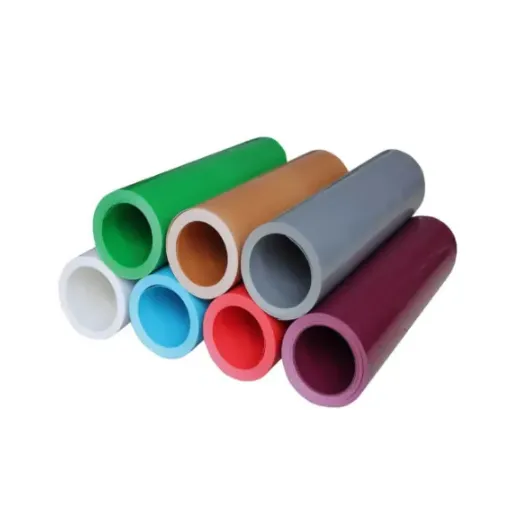
Durability and Impact Resistance
ABS demonstrates exceptional impact resistance while maintaining structural integrity under various stress conditions. The mechanical properties remain intact even under extreme temperatures ranging from -20°C to 100°C (-4°F to 212°F).
Impact Strength Specifications:
- Typical Izod impact strength: 200-450 J/m
- Temperature range: -20°C to 100°C
- Excellent energy absorption without rupture
- Minimal cracking or deformation under long-term use
Heat Resistance and Limitations
ABS possesses intermediate heat resistance, making it suitable for applications where durability is expected under varying temperature conditions. However, there are important limitations to consider:
✅ Advantages
- Maintains structure up to 221°F (105°C)
- Suitable for most consumer and industrial applications
- Good thermal stability for everyday use
⚠️ Limitations
- Softens at temperatures above 105°C
- Prolonged heat exposure can cause degradation
- Burns and releases toxic gases without flame retardants
- Not suitable for very high-temperature applications
Versatility in Molding
ABS offers unmatched flexibility in manufacturing processes, supporting various molding techniques:
- Injection Molding: Best for complex parts with tight tolerances
- Blow Molding: Ideal for hollow objects like containers
- 3D Printing: Excellent for prototyping and custom parts
- Multi-material Molding: Combines multiple materials in a single component
Applications of ABS Plastic
Automotive Industry Uses
ABS plastic is extensively utilized in the automotive industry due to its exceptional mechanical properties and cost-effectiveness:
Primary Automotive Applications:
- Interior Components: Dashboards, interior trims, pillar covers, seat bases
- Exterior Parts: Mirror housings, grills (using ABS-PMMA composites)
- Functional Benefits: Lightweight, impact-resistant, dimensionally stable
- Manufacturing Advantage: Easy injection molding for complex geometries
Environmental Benefits: ABS contributes to fuel efficiency through weight reduction and supports sustainability initiatives through recyclability, helping manufacturers reduce environmental impact while maintaining high performance standards.
Construction Applications
ABS is widely employed in construction due to its unique blend of strength, durability, and versatility:
🏗️ Pipe Systems
Used for water, sewage, and fluid transportation. ABS pipes retain structural integrity under high pressure and can serve for over 50 years.
⚡ Electrical Components
Non-conductive housing for switches, cable conduits, and electrical covers. Flame-retardant grades meet safety codes.
🔧 Equipment Parts
Lightweight casings and panels for construction equipment, offering shock absorption and crack resistance.
🏠 Interior Panels
Decorative panels, wall cladding, and partitions with excellent moisture and chemical resistance.
🛡️ Safety Equipment
Protective barriers, handrails, and guardrails with UV resistance for exterior applications.
3D Printing with ABS Plastic
ABS has become a preferred material for 3D printing across various industries due to its distinctive properties:
Five Key Advantages of ABS in 3D Printing:
- High-Impact Resistance: Perfect for parts requiring mechanical stress resistance
- Thermal Stability: Glass transition temperature of 105°C (221°F) for heat-resistant applications
- Post-Processing Flexibility: Easily machined, sanded, and painted for professional finishes
- Cost-Effectiveness: More affordable than polycarbonate or nylon for multiple iterations
- Chemical Resistance: Resistant to acids, alkalis, and oils for harsh environments
Benefits of Using ABS Plastic
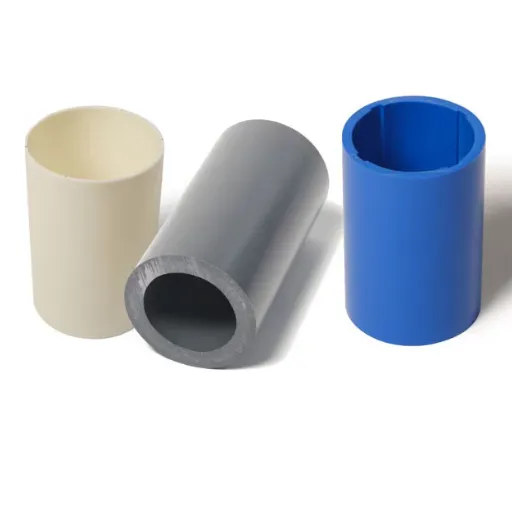
Cost-Effectiveness
ABS plastic remains highly cost-effective for industrial and manufacturing applications:
- Low Production Costs: Efficient polymerization and extrusion processes enable large-scale production without substantial overhead
- High Recyclability: Reduces end-of-life waste and provides sustainable material choices
- Durability Benefits: Minimizes frequent replacements, reducing lifecycle costs
- Manufacturing Efficiency: Advanced technologies reduce material wastage and improve precision
Environmental Considerations
♻️ Environmental Benefits
- Mechanically recyclable multiple times without major property degradation
- Supports closed-loop manufacturing systems
- Reduces raw material procurement needs
- Contributes to circular economy principles
🌍 Environmental Challenges
- Originates from non-renewable petroleum products
- Generates greenhouse gas emissions during manufacture
- Slow natural degradation if improperly disposed
- Requires proper recycling infrastructure
Versatility Across Industries
ABS demonstrates remarkable adaptability across multiple sectors:
- Automotive: Interior trims, instrument panels, structural components
- Electronics: Smartphone housings, laptop cases, appliance covers
- Manufacturing: Injection molding and 3D printing applications
- Medical: Device housings, surgical tool components
- Consumer Goods: Toys, household items, recreational products
Comparisons and Alternatives
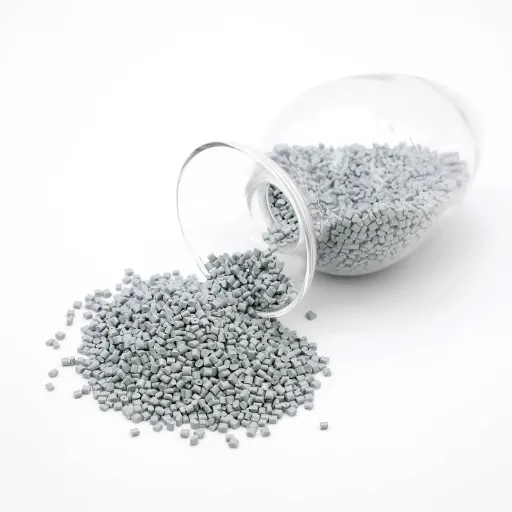
ABS vs Other Popular Plastics
| Plastic Type | Strength | Heat Resistance | Cost | Common Uses |
|---|---|---|---|---|
| ABS | High | Moderate | Medium | Electronics, Toys, Automotive |
| Polypropylene (PP) | Moderate | High | Low | Food Containers, Packaging |
| Polycarbonate (PC) | Very High | Very High | High | Safety Gear, Optical Components |
| PVC | Low | Low | Low | Pipes, Outdoor Applications |
Recycled ABS: Pros and Cons
✅ Advantages of Recycled ABS
- Environmental Benefits: Reduces petroleum consumption and carbon emissions
- Cost Efficiency: Lower manufacturing costs for large quantities
- Resource Conservation: Saves crude oil and natural gas feedstocks
- Circular Economy: Supports sustainable material reuse principles
⚠️ Disadvantages of Recycled ABS
- Property Degradation: Reduced impact strength and surface finish quality
- Consistency Issues: Difficult to maintain uniform coloration and quality
- Contamination Risks: Impurities may affect performance properties
- Limited Applications: May not perform well in high-temperature environments
Choosing the Right Plastic Material
Selecting the optimal plastic material requires careful consideration of multiple factors:
Key Selection Criteria:
- Mechanical Requirements: Tensile strength, flexibility, impact resistance
- Operating Environment: Temperature range, chemical exposure, UV stability
- Sustainability Factors: Recyclability, environmental impact, biodegradability
- Economic Considerations: Material cost, production methods, lifecycle expenses
- Industry Standards: Certifications, safety requirements, regulatory compliance
Frequently Asked Questions (FAQ)
A: ABS plastic is strong, tough, and has excellent electrical insulating properties. While its heat resistance is moderate compared to other plastics, its mechanical properties, particularly impact resistance, make it suitable for a wide range of applications.
A: ABS is popular in the automotive industry for car parts, consumer electronics for enclosures, 3D printing applications, toys, medical equipment, and musical instrument components like recorders and plastic clarinets.
A: Yes, ABS can be recycled. The recycling process transforms the material into new products, reducing waste and supporting sustainability goals. This recyclability is one of the features contributing to ABS plastic’s popularity.
A: ABS is known for its superior impact resistance and strength compared to many other plastics. However, it has lower heat resistance than alternatives like polycarbonate. The choice between ABS and other materials depends on specific application requirements.
A: The major advantages include high strength, easy manufacturing, and exceptional versatility. It can be molded easily and economically, making it one of the most sought-after materials for plastic manufacturing.
A: Various ABS grades are produced for different applications, each providing special features such as enhanced impact resistance or improved heat resistance. Users can select grades optimized for automotive parts, consumer products, or specialized industrial applications.
A: ABS plastic is used in medical devices requiring strength, durability, and sterilization capability. These properties ensure the material can safely serve in medical applications, including surgical tools and equipment housings, through heavy use in medical environments.
References
- Characterization of ABS material: a review – Theoretical study of ABS material including thermal decomposition and polymeric properties
- Dynamic mechanical properties of ABS material processed by fused deposition modelling – Discussion on dynamic mechanical analysis of FDM-fabricated ABS
- Comparative study of the mechanical behavior of polymer materials between ABS and PVC – Comparison of ABS and PVC materials exploring structural and mechanical differences
- Characterization of ABS for enhancement of mechanical properties – Investigation of ABS material improvements through surface preparation
- Comparison of ABS Design Rules and Theoretical Mechanics – Analysis of ABS material properties in the context of design rules and theoretical mechanics






